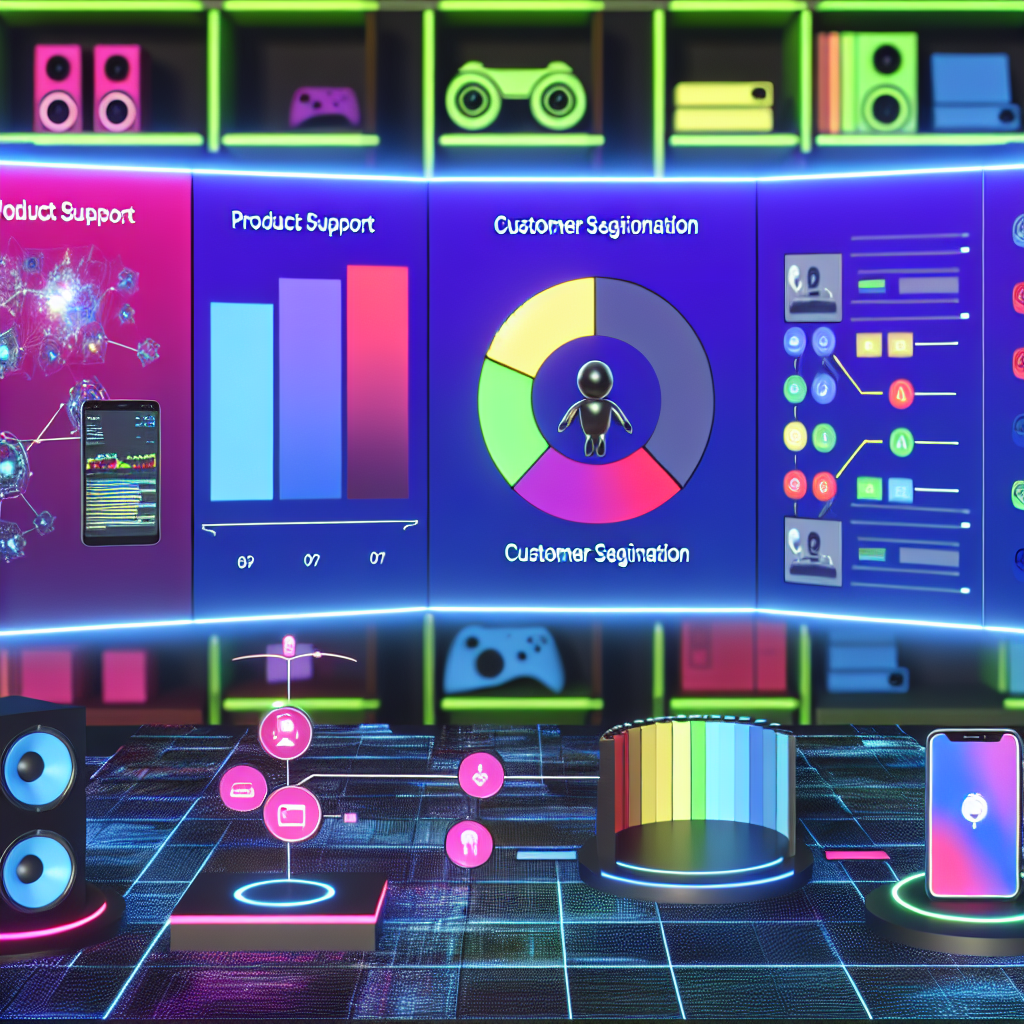Introduction
In today’s technology-driven landscape, artificial intelligence (AI) has emerged as a powerful tool, particularly in the realm of customer segmentation. For companies in the consumer electronics sector, leveraging AI for precise customer segmentation can significantly enhance product support, warranty inquiries, and troubleshooting processes. This article explores the optimal usage case for AI-driven customer segmentation in this industry.
Understanding Customer Needs
AI-driven customer segmentation enables companies to analyze vast amounts of data and identify distinct customer profiles based on various parameters, such as purchasing behavior, product usage, and demographic information. By grouping customers into segmented categories, businesses can tailor their support services to better align with individual needs. For instance, tech-savvy consumers may require less assistance, while older users might benefit from more hands-on guidance.
Improving Product Support
With AI-driven segmentation, companies can offer personalized support solutions. By identifying common issues faced by specific customer segments, businesses can create targeted FAQs, video tutorials, and troubleshooting guides. This proactive approach not only enhances customer satisfaction but also reduces the volume of inquiries reaching support teams, ultimately streamlining the resolution process.
Optimizing Warranty Inquiries
Warranty inquiries often vary based on customer demographics and product type. AI segmentation allows companies to identify which segments are likely to file warranty claims, enabling them to develop better warranty communication strategies. For example, younger customers may prefer digital communication channels, while older demographics might prefer phone support. By aligning support channels to customer preferences, companies can improve the overall warranty experience.
Troubleshooting Effectively
Troubleshooting can be a complex and frustrating process for consumers. However, AI-driven customer segmentation allows businesses to predict common issues that specific groups encounter. By creating specialized resources and automated solutions for these issues, companies can reduce resolution times and enhance user experiences. Additionally, by employing chatbots or virtual assistants tailored to each segment, companies can deliver instant support that resonates with the unique needs of each group.
Conclusion
In conclusion, AI-driven customer segmentation represents a transformative strategy for businesses in the consumer electronics industry. By honing in on customer profiles, companies can significantly enhance product support, streamline warranty inquiries, and refine troubleshooting efforts. Ultimately, this leads to improved customer satisfaction, fostering loyalty and driving long-term success in a competitive market.

